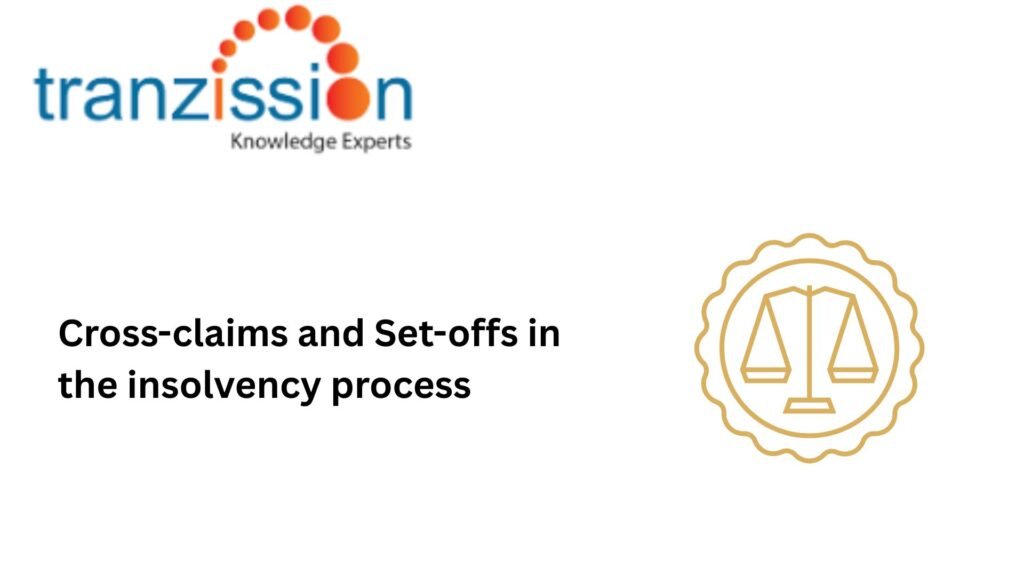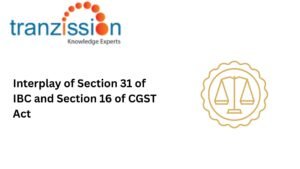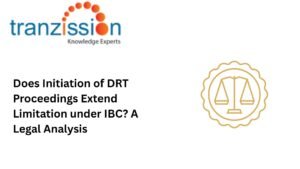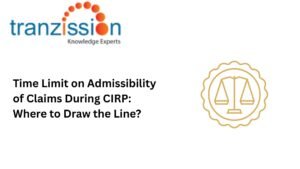
Cross-claims and Set-offs in the insolvency process

Table of Contents
Set off is a right that allows a debtor to reduce or discharge a debt they owe to another party by offsetting a debt that the other party owes to them. In simpler terms, it is a mutual cancellation of debts. The Code of Civil Procedure recognises legal and equitable Set-offs in the insolvency process within its framework, allowing defendants to counterclaim against plaintiffs, ultimately reducing or discharging debts. This type of set-off is governed by specific legal rules and requires the claim to be for a determined sum of money, legally recoverable, and a right that can be claimed as such.
Set-offs in the Insolvency process
In the context of the Insolvency and Bankruptcy Code, 2016 (IBC), set-off refers to the offsetting of mutual debts and claims between a corporate debtor and its creditors. This adjustment, therefore, allows a creditor to reduce the amount owed to them by the debtor, considering a claim the debtor owes to the creditor. As set-off rights are not explicitly detailed within the IBC, leading to interpretational challenges.
Judicial Interpretations
While the IBC does not explicitly mention set-off, judicial interpretations have clarified its applicability during different stages of the insolvency process. The Supreme Court has ruled that insolvency set-off is generally not applicable during the corporate insolvency resolution process (CIRP) in Bharti Airtel Ltd. & Anr. v. Vijaykumar V. Iyer & Anr. The CIRP is designed to ensure a fair and equitable distribution of assets among creditors, and set-off could potentially give certain creditors an undue advantage. However, contractual set-off may be allowed during CIRP if it existed before the commencement of the process. Further equitable set-offs are allowed when claims and counterclaims are intrinsically linked and arise from the same transaction.
Read more : Assessment of Social Impact in Insolvency Cases
Practical Implications for Stakeholders
For Creditors:
Creditors involved in the insolvency process need to assess the validity of set-off claims in light of recent judgments. Set-offs in the insolvency process raise the importance of documenting agreements clearly to establish contractual set-offs.
For Insolvency Professionals:
Insolvency professionals managing the CIRP to need to ensure asset distributions adhere to the IBC’s provisions without unauthorized set-offs. They also have a role in advising stakeholders on the limitations and permissible scenarios for set-offs.
Conclusion
The Supreme Court’s clarifications underscore the IBC’s emphasis on equitable treatment of creditors and stakeholders must navigate set-off provisions carefully, ensuring compliance with the evolving legal landscape. The applicability of set-off during CIRP has been a subject of debate and judicial interpretation. Some argue that it can disrupt the equitable distribution of assets among creditors, while others maintain that contractual set-off rights should be respected, according to the recent ruling. In conclusion, while set-offs can provide a mechanism for settling mutual debts, their application during insolvency proceedings requires careful consideration to ensure that they do not undermine the equitable distribution of assets and the overall objectives of the insolvency process.





